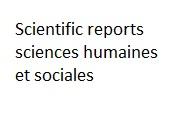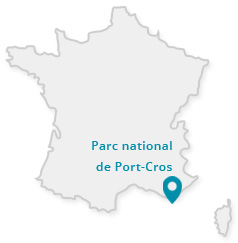
Autre
Sciences humaines
Résumé. Le présent article a pour objet de déterminer dans quelle mesure les dispositifs de
police administrative peuvent ou pourraient contribuer à la protection des espaces naturels
contre les atteintes liées à une hyper fréquentation touristique. Pour ce faire, il est d’abord
procédé à une analyse de la jurisprudence administrative : que ce soit sur le fondement de
la police administrative générale du maire (article L. 2212-2 du code général des collectivités
territoriales), ou de sa police spéciale de la circulation dans les espaces naturels (article L.
2213-4 du CGCT), les possibilités d’utiliser ces textes contre les menaces liées à une hyper
fréquentation paraissent pour le moins restreintes. Dès lors, la seconde partie de l’article
s’oriente vers une recherche des solutions qui permettraient d’améliorer la situation décrite.
Deux sont successivement envisagées, puis soumises à une analyse critique. Il s’agit d’une
part de l’élargissement du champ de l’article L. 2213-4 du CGCT à d’autres types de menaces
que la circulation dans les espaces naturels, et d’autre part de l’élargissement des valeurs
protégées par l’article L. 2212-2 du CGCT afin de permettre la protection des espaces
naturels par la police administrative générale du maire.
Mots clés : Espaces naturels, hyper fréquentation, tourisme, police administrative (générale
et spéciale), ordre public écologique, étude de jurisprudence, prospective juridique.
Abstract. The prevention of the overuse of natural areas by the local police: a study
of current and potential French legislation. In France there is a de-centralised system
of local or municipal policing that operates under the authority of the mayor. The purpose of
this article is to assess the extent to which this local policing can, or could, contribute to the
protection of natural areas from damage caused by a large number of visitors. To this end,
an analysis of municipal legislation is first carried out. Whether through the municipal police
of the mayor (Article L. 2212-2 of the Code Général des Collectivités Territoriales: CGCT) –
General Local Authorities Law) or a special traffic police in natural areas (Article L. 2213-4
of the CGCT), the use of the law to prevent damage caused by a large number of visitors
appears to be of very limited value. Therefore, the second part of this article focuses on
finding solutions that would improve this situation. Two options are considered and subjected
to a critical analysis. One concerns the enlargement of the scope of Article L. 2213-4 of the
CGCT to threats other than traffic in natural areas. The other suggests the extension of the
features protected by Article L. 2212-2 of the CGCT in order to allow the protection of natural
spaces by the municipal police.
Keywords: Natural areas, overuse, tourism, municipal police (general and special),
local policing, ecological public order, legislation, potential legislation.
| Auteurs | Simon JOLIVET |
|---|---|
| Éditeur | Parc national de Port-Cros |
| Nombre de pages | 18 |
| Référence | Sci. Rep. Port-Cros natl. Park, 32: 155-173 (2018) |


